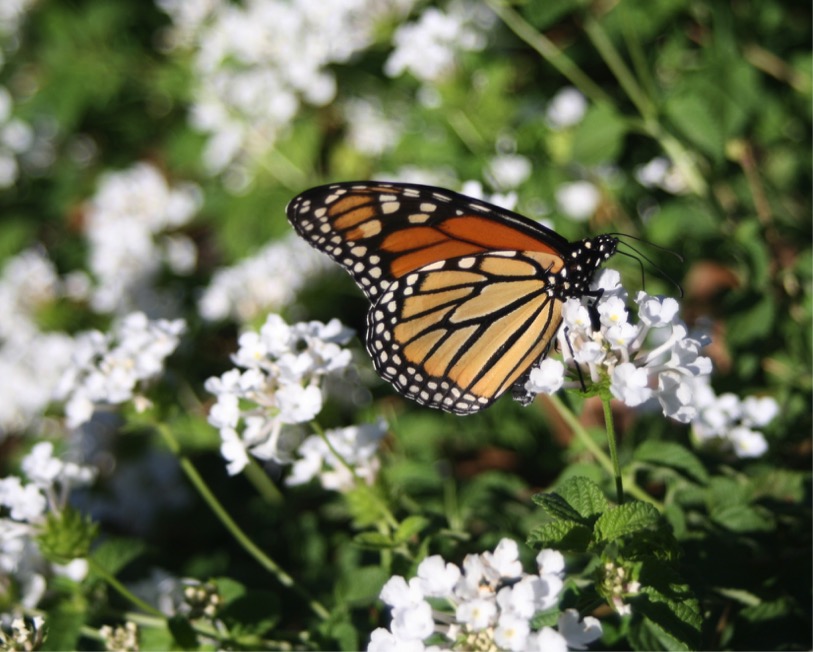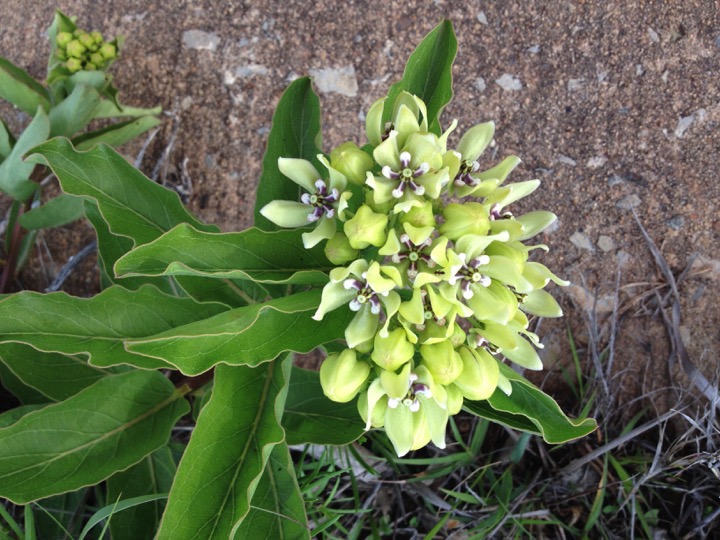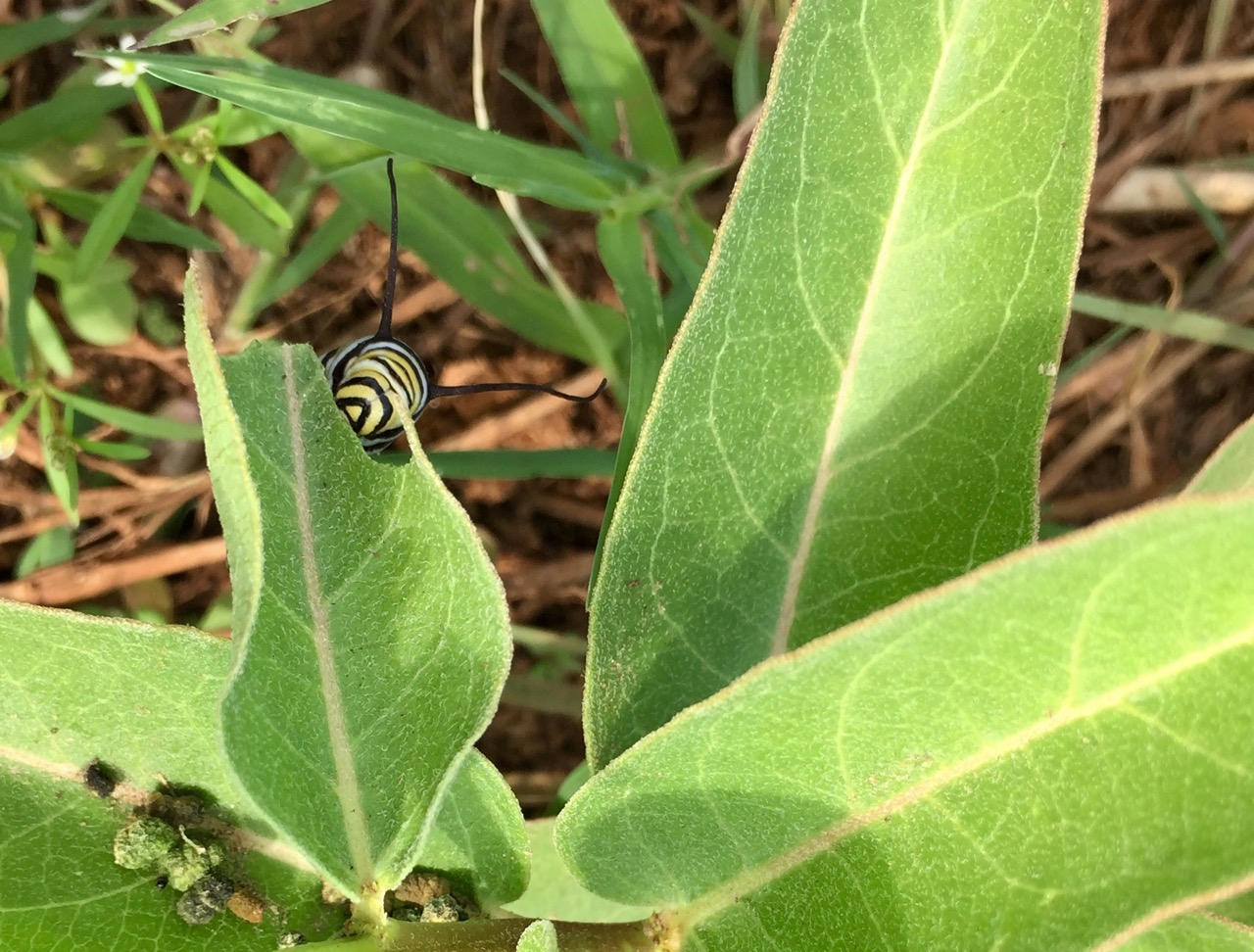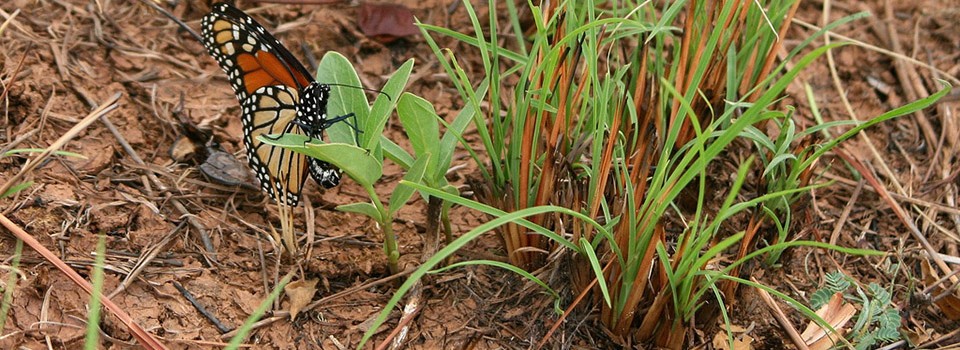
The monarch butterfly is currently being considered for listing under the Endangered Species Act. The eastern North American monarch butterfly population migrates from summer breeding grounds in the midwestern US and southern Canada to overwintering sites in central Mexico. Monarchs migrate through the southern Great Plains during spring and fall migration, and reproduce in this region during spring and fall breeding periods. The monarch butterfly decline has been attributed to several factors, including habitat fragmentation, loss, and degradation (including milkweed loss), overutilization, and disease/predation, as well as climate change, weather extremes, invasive species, and pesticides. The Oklahoma-Texas region has been identified as critical for conservation efforts, with an emphasis on milkweed and nectar resource availability.

Green antelopehorn milkweed (Asclepias viridis) is the most common milkweed species throughout central and eastern Oklahoma, as well as much of Texas, and is considered the most important host plant for monarchs in the southern Great Plains. It can be found along roadsides, and in grasslands, hay meadows, pastures, rangelands, and vacant lots. It typically blooms from April through June, and releases seeds in July. However, plants will re-grow (and bloom) following activities that remove the above ground portion of plants, such as mowing or burning. The flowers are visited by many insects, including bees and butterflies.

In addition to eggs and caterpillars being present in the spring in the southern Great Plains, eggs and caterpillars are also present in the fall, starting in mid-August in northern Oklahoma, and extending through early November in Texas. These monarchs are referred to as the "5th generation", and not much is known about their importance to the overall monarch population. However, 5th generation monarchs tagged with Monarch Watch tags in Oklahoma have been recovered in Mexico, and their contribution to the overwintering population may vary among years based on different factors. Fifth generation monarchs require milkweed in the fall when many of the native milkweeds present in the spring have already senesced, although milkweed species that bloom later in the year may still be present. Re-growth of spring blooming native milkweeds following mowing and burning likely provides most of the milkweed used by these monarchs.




